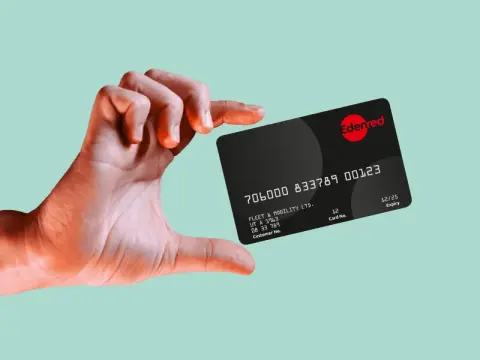-
Driver safety

How to Check Car Battery Health: Our Straightforward Guide
Lottie Richardson
Content Specialist
January 17, 2026
-
Driver safety

January Car Checks Every Driver Should do After the Festive Break
Lottie Richardson
Content Specialist
January 15, 2026
-
Fuel cards

What is the Edenred Black Card? How Our Cheapest Fuel Card Helps Control Fuel Spending
Joe Robinson
Fuel Card Specialist
January 13, 2026
-
EV

Are EVs Actually Cheaper for Small Businesses in 2026?
Ben Campbell
Marketing Director
January 10, 2026
-
Industry news

Business Motoring Costs 2026: What is Changing and How to Save
Lottie Richardson
Content Specialist
January 6, 2026
-
Business news

Our Christmas Opening Hours, And Thank You For 2025
Matthew Briggs
Right Fuel Card | Edenred CEO
December 23, 2025
-
Fleet management

Year-End Vehicle Check Guide for Businesses: Coolant, tyres, fuel & charging prep for winter
Jordan Grey
Head of Revenue and Pricing
December 20, 2025
-
EV

New Pay-Per-Mile Tax for EVs 2028 - What It Means for UK Businesses
Ben Campbell
Marketing Director
December 17, 2025
-
EV

Electric Roads and the Future of EV Charging: What Drivers Need to Know
Ben Campbell
Marketing Director
December 16, 2025
-
Industry news

London Congestion Charge Update 2026: Removal of the 100% EV Discount
Lottie Richardson
Content Specialist
December 11, 2025
-
Fleet management

Business Mileage Explained: A Simple Guide for 2026
Jordan Grey
Head of Revenue and Pricing
December 10, 2025
-
Industry news

How Do I Know If My Car Needs Coolant?
Lottie Richardson
Content Specialist
December 6, 2025